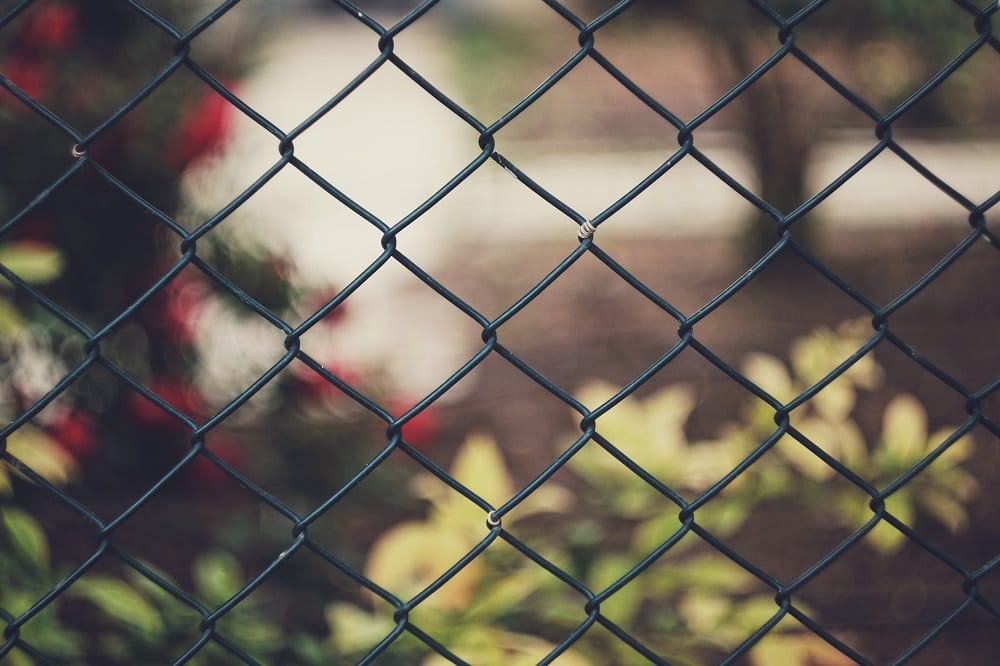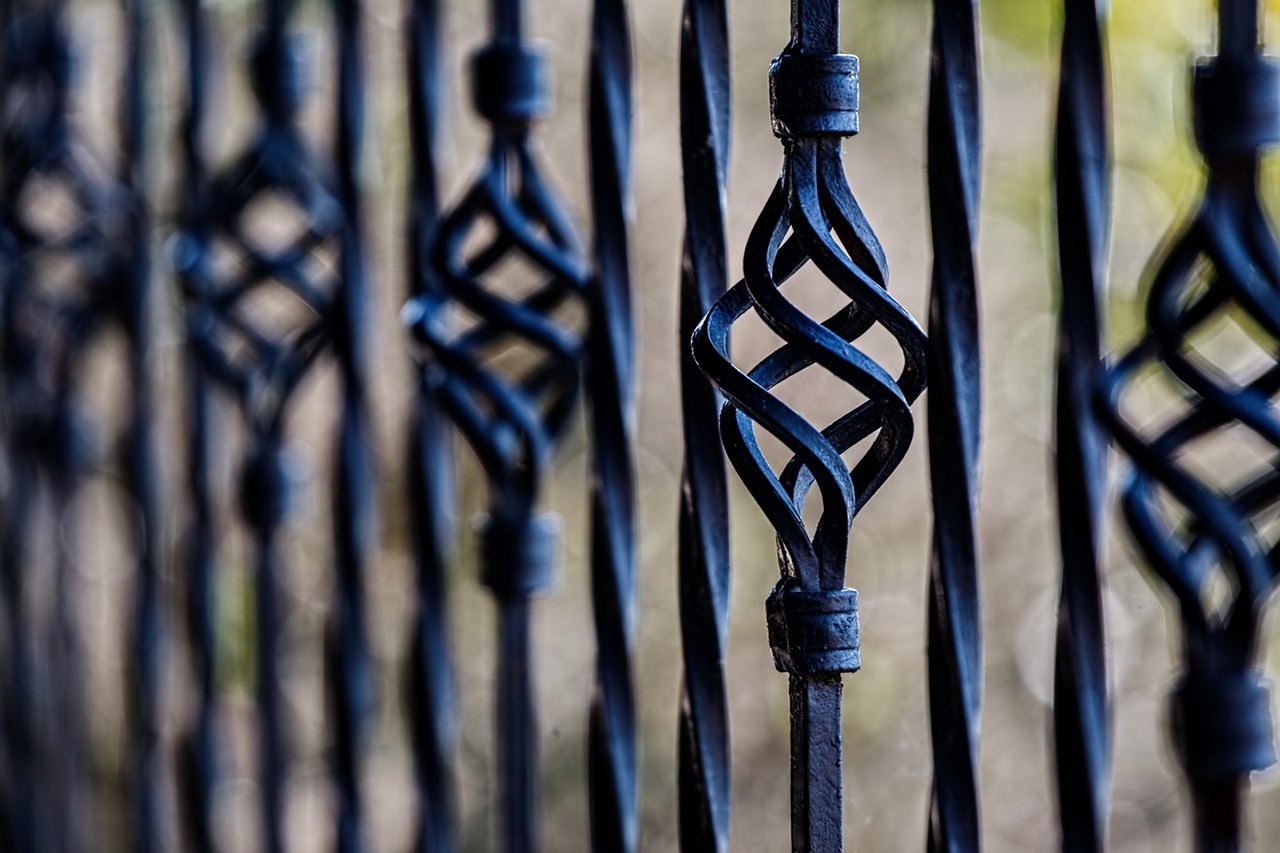Your home is a place for yourself – it belongs to you completely. However, your home does not start at the front door – the rest of your property also counts. After all, what could be more annoying than people entering your front or back garden uninvited?
A fence is a smart way to separate your plot. Moreover, it also looks nice – also not unimportant. Since you will be looking at the fence every day, it is very important that you choose one that suits your taste.
Since a fence (depending on the number of square metres) can be quite an expense, it is also important to choose a high-quality fence. An iron fence is perfect for landowners looking for a stylish fence that requires little maintenance.
Are you thinking of buying an iron fence? On this page, you can read all about the different types of iron fencing. You will also find an overview of the costs of installing iron fencing.
How much does iron fencing cost?
When iron is heated, it can be forged into all sorts of different shapes. Since there are different types of iron garden fencing on the market, the price of iron fencing can vary quite a bit. Below is an overview of the average prices of different types of iron fencing, ranked from low to high. These prices are based on a size of 100 x 100 cm. This does not include the installation costs, which, based on the aforementioned size, are approximately £10 – £20.
- A wire mesh fence costs between £2.50 and £25.
- A double bar fence costs between £15 and £55.
- An ornamental fence costs between £30 and £90.
- A bar fence costs between £35 and £65.
Find the best specialist for your project and get free quotes.
Start

Different types of iron fencing
As mentioned above, there are different types of iron fencing. These types differ not only in appearance, but also in function.
- The mesh fence is the cheapest fence. These fences are made of steel. Steel consists of a combination of iron and carbon. The carbon makes the iron more solid. Thin wires are made from the steel, which in turn are braided together in a diamond pattern, creating mesh. This type of fencing is very versatile. When the steel wires are braided closely together, the fencing offers a lot of privacy, making mesh fencing ideally suited for fencing a garden. In contrast, lower-density mesh fencing is more suitable for animal fencing or the fencing of public places, such as a playground. In addition, barbed wire can be attached to the fencing when extra security is desired, such as for business premises.
- The double-rod mesh fence is one of the most popular iron fencing. This is because double-rod mesh fencing is not only sturdy, but also has an elegant appearance. This type of fencing consists of horizontal and vertical bars, creating several ‘open compartments’. These compartments are also called meshes. Because the meshes in double-board fencing are relatively small (compared to single-board fencing, for example), this type of fencing is very sturdy. Like wire mesh fencing, this type of fencing is very economical.
- Anornamental fence is, as the name suggests, suitable for landowners looking for a fence with a nice look. This fencing usually consists of bars, to which widely varying designs can be added. For example, arches, arrows, hearts and other shapes can be incorporated into the fencing. It is even possible to design the decorative fencing yourself in terms of shape and colour. You can also add additional components, such as a letterbox. Ornamental fencing is often used for enclosing gardens or imposing buildings. Don’t let the name ‘ornamental fencing’ mislead you, however: besides being very beautiful, these fences are in fact also sturdy.
- The bar fence is on average the most expensive fencing. However, this is not without reason: this type of fencing is in fact the sturdiest. The bar fence is therefore extremely suitable for securing private or business premises. There are two types of bar fencing. The classic variant is also called ‘ornamental fencing’ (see above). The modern version has a minimalist, clean look. Round or square bars are mostly used for this type of fencing.

Maintenance and durability of iron fencing
The sturdiness is not the only advantage of iron fencing: these fencing also requires little maintenance. When iron normally comes into contact with water, rust forms. This lowers the quality of the iron. However, you need not fear this with iron fencing. In fact, most iron fencing is protected from this by galvanisation and coating.
- Zincification means that zinc is added to the iron. This layer forms a barrier between the iron and the water, preventing the iron from coming into contact with the water. So your fencing will remain beautiful even after dozens of rain showers. The zinc layer can be applied in two ways. In hot-dip galvanisation, the zinc is heated so that it becomes liquid. The iron is then dipped into this liquid. Alternatively, the zinc can be applied to the iron by electricity. Almost all iron fencing is galvanised.
- For extra protection, a coat can also be applied after galvanisation. A coat is actually a coat of paint, and can therefore be applied in different colours. The paint is sprayed onto the iron in powder form. The iron is then baked. When the iron fencing is not only galvanised, but also coated, the fencing does not need to be maintained at all.
May you just place iron fencing?
In principle, you do not need a permit or permission to place iron fencing around your property. However, this does not mean that there are no restrictions at all regarding the installation of a fence. In fact, the fencing must meet the following requirements.
- Firstly, a fence at the front of the yard may not exceed one metre in height.
- Secondly, a fence between two houses may not exceed two metres in height. If you want to put the fence on the property boundary, it is wise to make good arrangements about this with your neighbours to avoid conflicts. Sometimes it is unclear exactly where the plot boundary runs. Always put the agreements made on paper, just to be sure.
Find the best specialist for your project and get free quotes.
Start